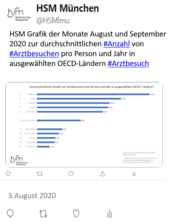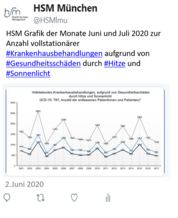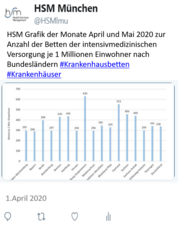Value-Based cost sharing in the United States and elsewhere can increase patients’ use of high-value goods and services
| Autoren/Herausgeber: |
Thomson, S. Schang, L. Chernew, M. |
|---|---|
| Erschienen: | 2013 |
| Publikationsart: | Articles in Refereed Journals (International) |
| ISBN/ISSN: | http://dx.doi.org/10.1377/hlthaff.2012.0964 |
| erschienen in: | Health Affairs |
| Weitere Quellenangabe: | Volume 32(4), Pages 704-712 |
Abstract
This article reviews efforts in the United States and several other member countries of the Organization for Economic Cooperation and Development to encourage patients, through cost sharing, to use goods such as medications, services, and providers that offer better value than other options—an approach known as value-based cost sharing. Among the countries we reviewed, we found that value-based approaches were most commonly applied to drug cost sharing. A few countries, including the United States, employed financial incentives, such as lower copayments, to encourage use of preferred providers or preventive services. Evidence suggests that these efforts can increase patients’ use of high-value services—although they may also be associated with high administrative costs and could exacerbate health inequalities among various groups. With careful design, implementation, and evaluation, value-based cost sharing can be an important tool for aligning patient and provider incentives to pursue high-value care.





